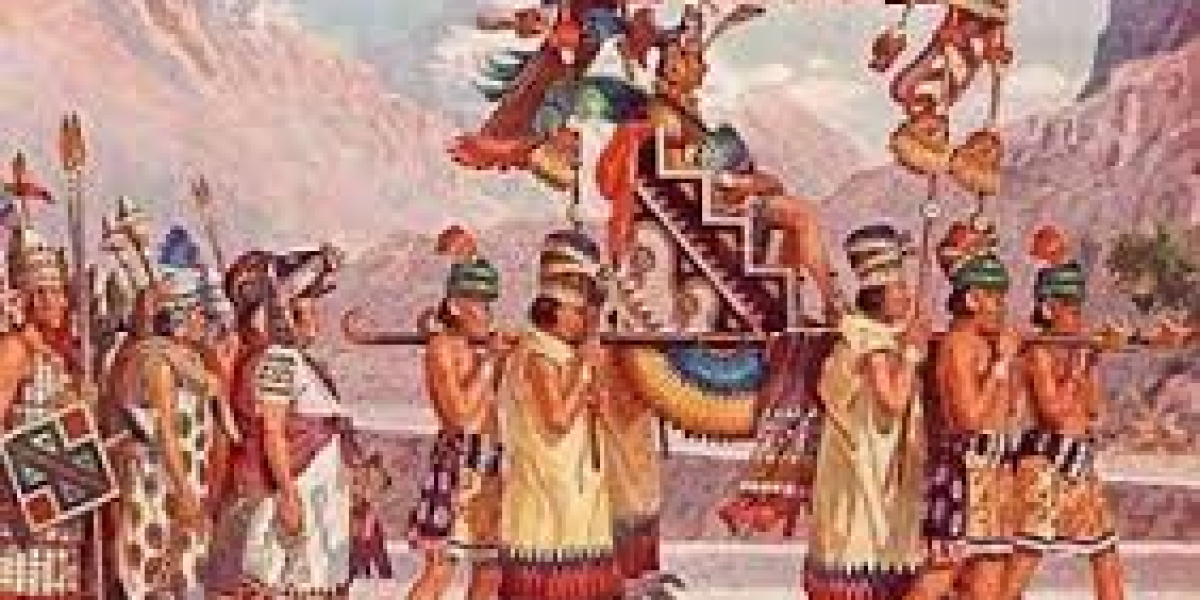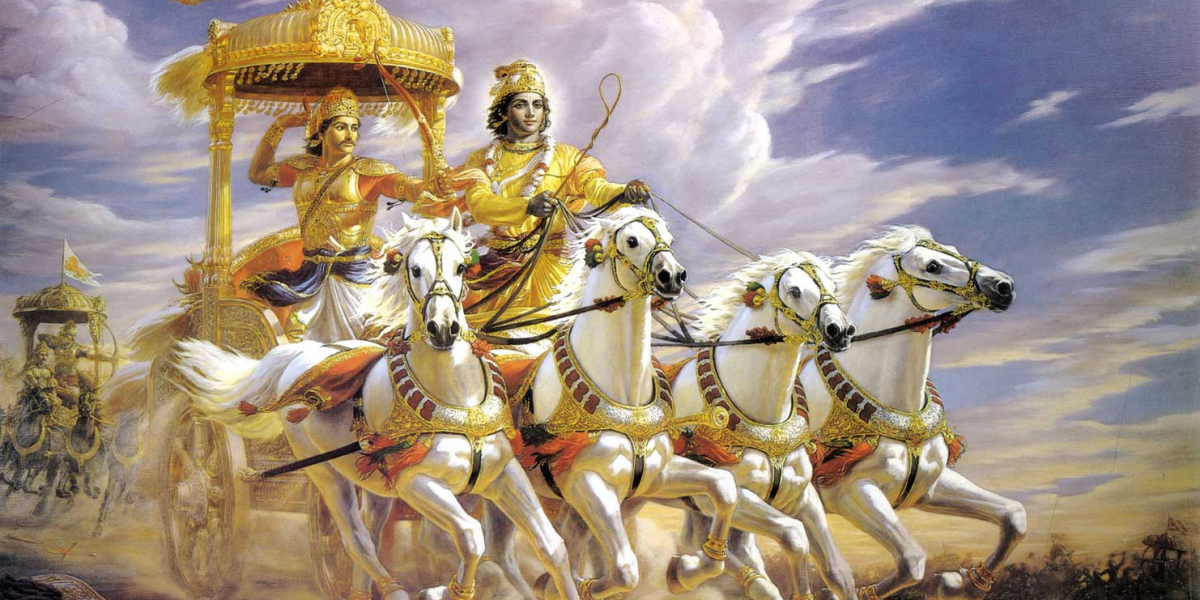THE FALL OF THE INCAS
Summary:
The fall of the Incas refers to the period when the Inca Empire, located in present-day Peru, was conquered by Spanish conquistadors. This event marked the end of the Inca civilization and had significant historical, social, and cultural implications.
Relevant Data:
- Date: The fall of the Incas occurred primarily between 1532 and 1572.
- Characters: Francisco Pizarro, the Spanish conquistador who led the expedition and ultimately defeated the Inca Empire.
- Place: The Inca Empire was situated in the Andean region of South America, primarily in what is now Peru.
Explanation:
The fall of the Incas can be attributed to a combination of factors, including Spanish military superiority, internal divisions within the Inca Empire, and the spread of diseases brought by the Europeans.
1. Arrival of the Spanish:
In 1532, Francisco Pizarro and his small army arrived in the Inca Empire. The Spanish conquistadors took advantage of internal conflicts between rival Inca factions, particularly the civil war between Atahualpa and Huascar, two claimants to the Inca throne. Pizarro manipulated these divisions, captured and executed Atahualpa, and took control of the Inca capital, Cusco.
2. Spanish military superiority:
The Spanish conquistadors had superior weaponry, such as guns, cannons, and steel armor, which gave them a significant advantage over the Inca warriors, who relied mainly on traditional weapons like spears and slingshots. Additionally, the Incas were unaccustomed to the Spanish military strategy and tactics.
3. Spread of diseases:
The arrival of the Spanish also brought with it new diseases, such as smallpox, to which the Incas had no immunity. These diseases spread rapidly among the Inca population, causing widespread devastation and destabilizing the empire.
4. Collaboration with indigenous allies:
Pizarro formed alliances with various indigenous groups who were enemies of the Inca Empire. These groups, resentful of Inca dominance, joined forces with the Spanish, further weakening the Inca resistance.
5. Final resistance and downfall:
Despite facing significant challenges, some Inca resistance persisted. Manco Inca Yupanqui, a puppet emperor installed by the Spanish, led a rebellion against the conquistadors. However, the Spanish eventually defeated the remaining Inca forces and established their control over the region.
Resources:
- "The Last Days of the Incas" by Kim MacQuarrie
- "Conquest: Montezuma, Cortes, and the Fall of Old Mexico" by Hugh Thomas
- "The Incas: New Perspectives" edited by Gordon F. McEwan
- "The Inca Empire: The Formation and Disintegration of a Pre-Capitalist State" by Tawantinsuyu Research Institute







